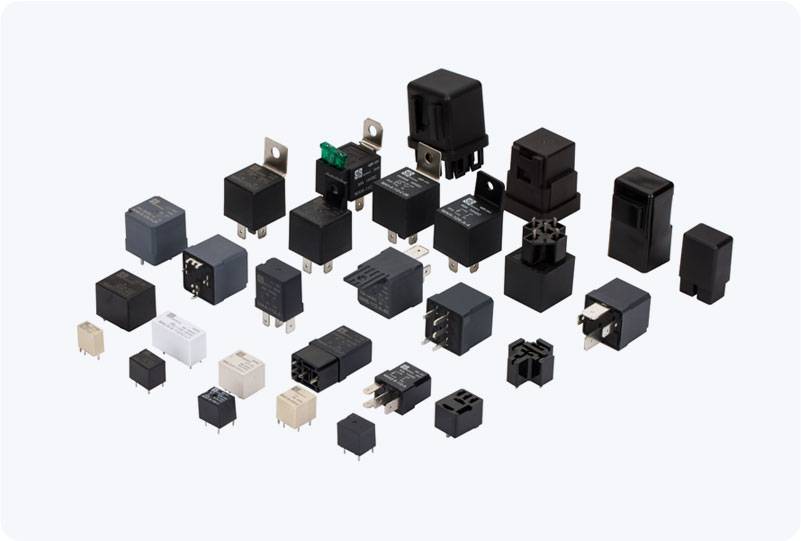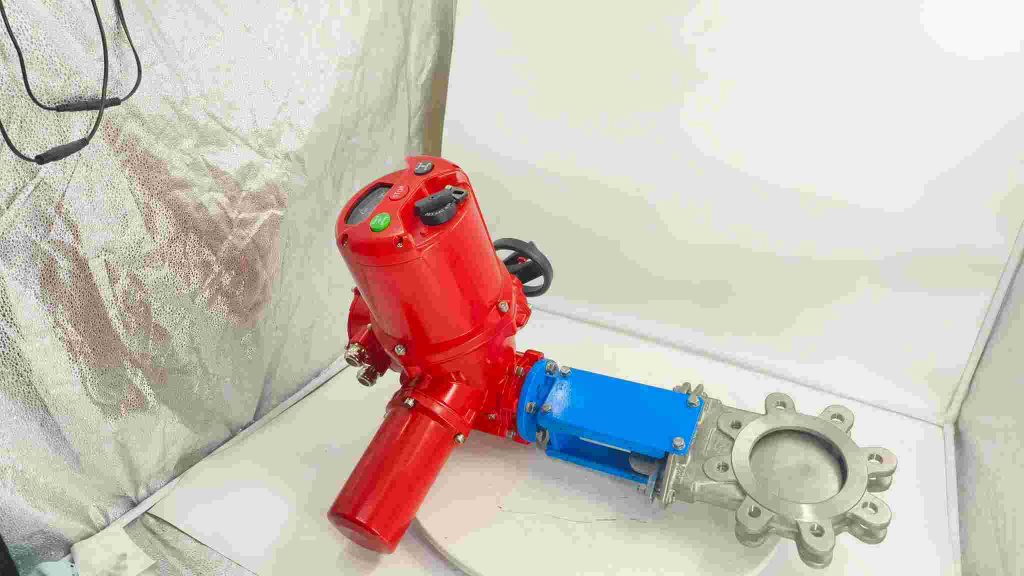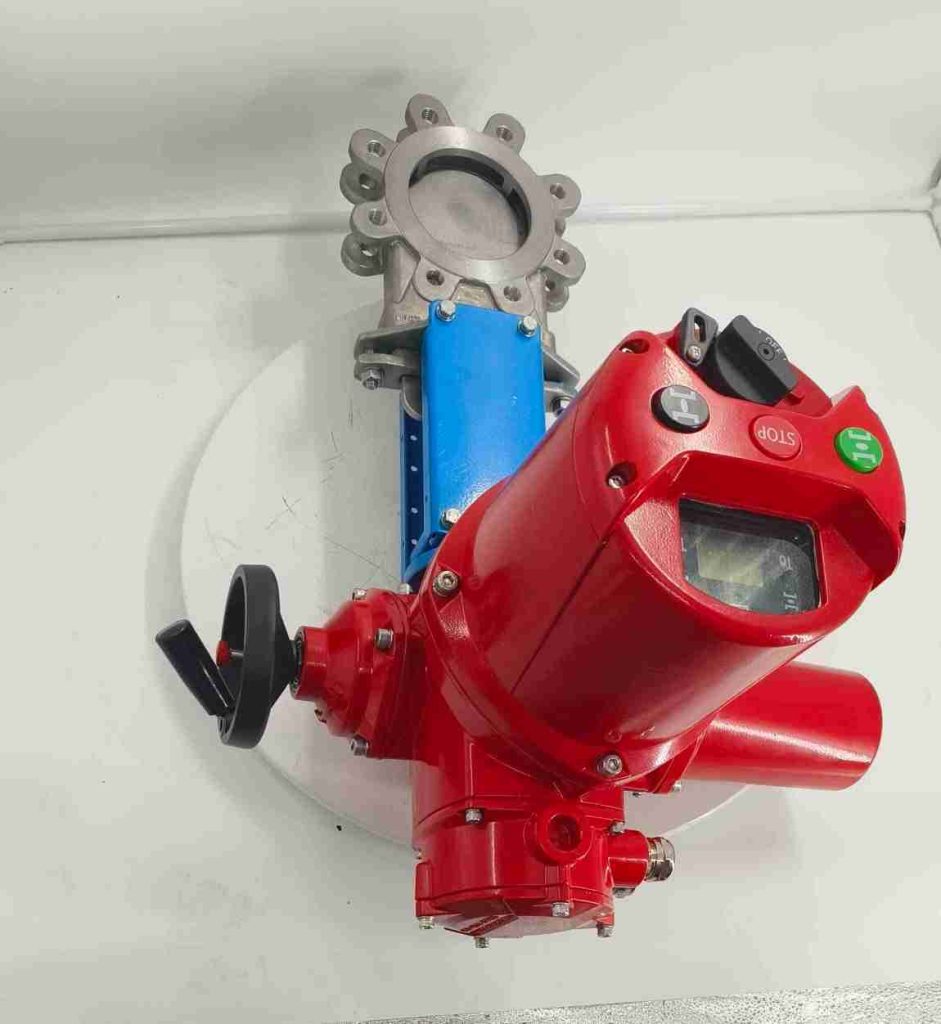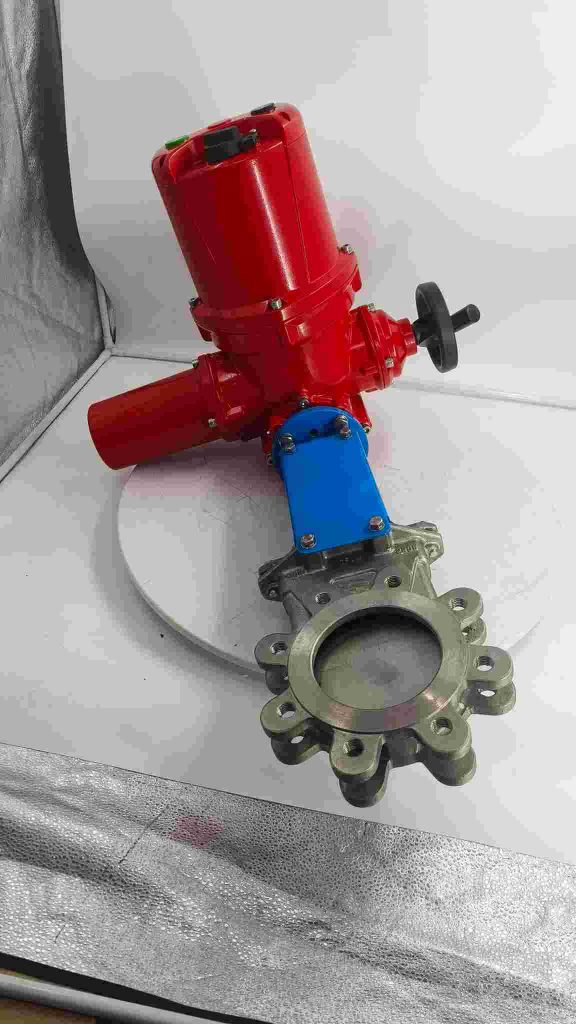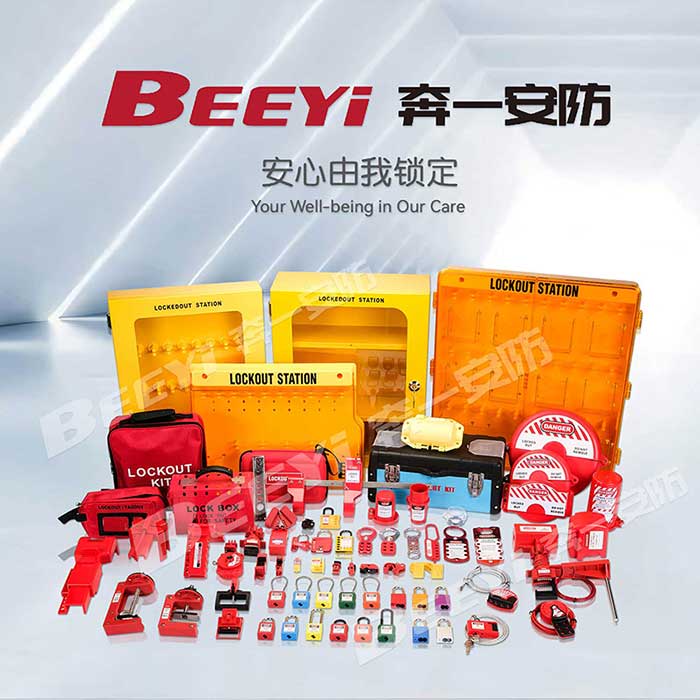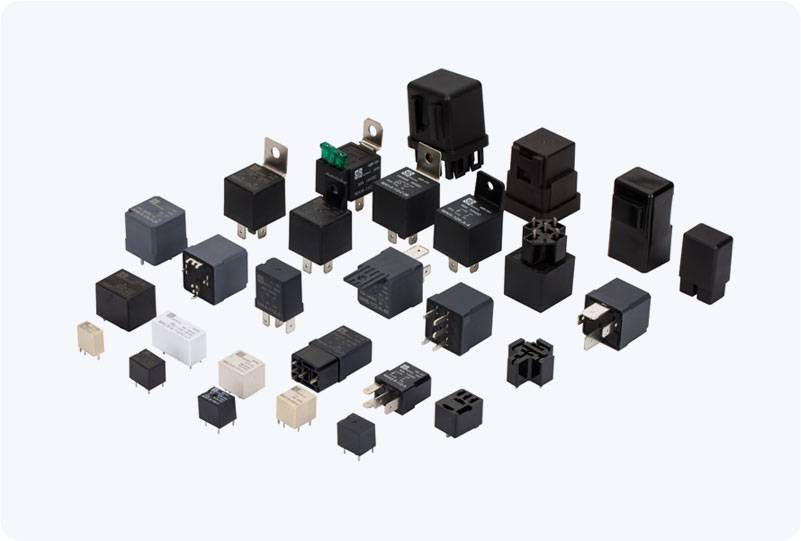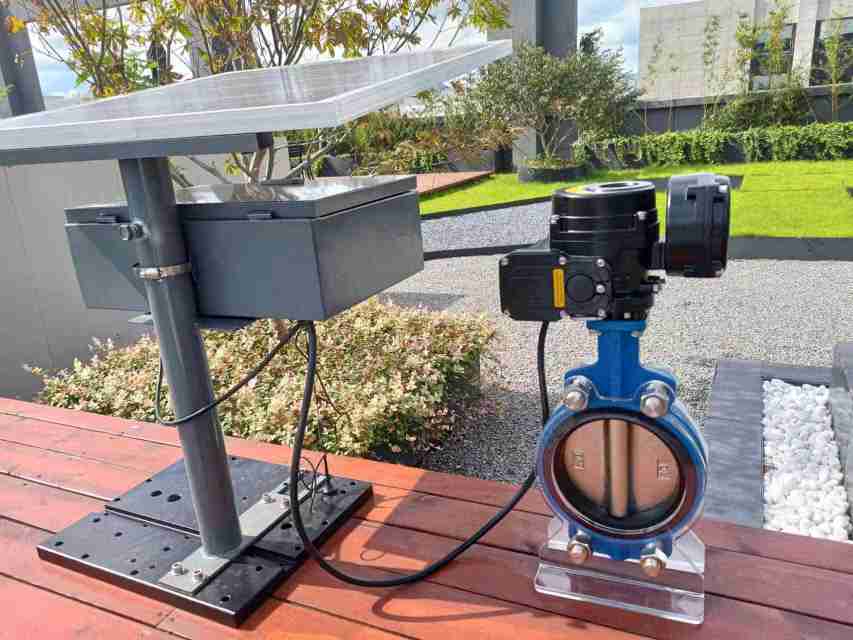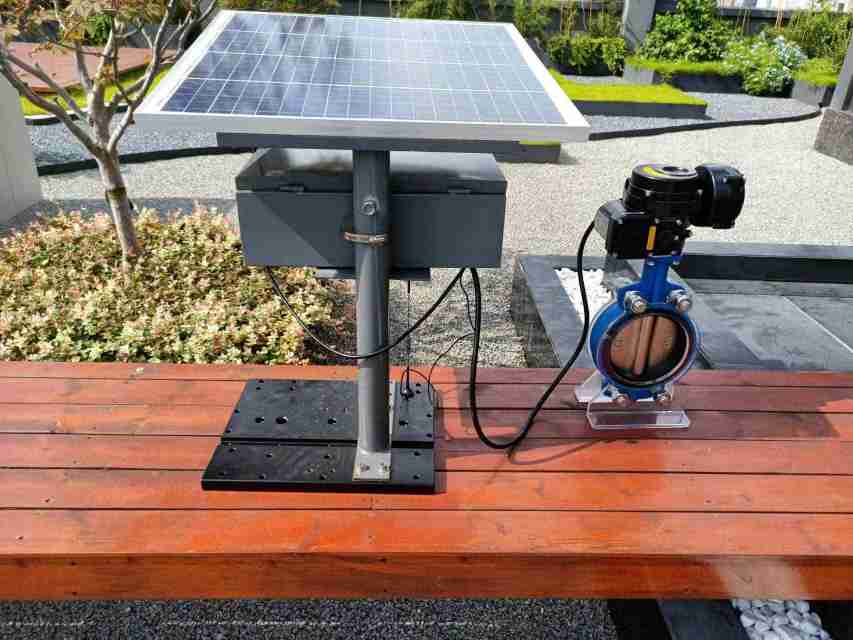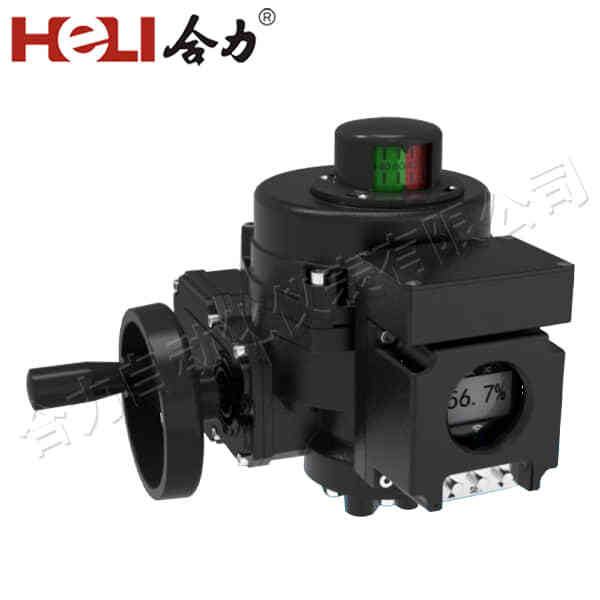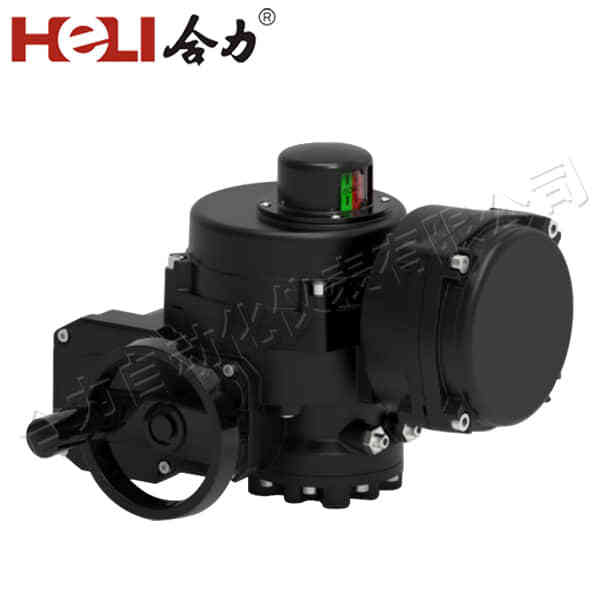Panasonic, a globally recognized leader in electronics and electrical components, has long been at the forefront of providing innovative solutions for various industries. One such solution is the Panasonic Power Relay, a crucial component in industrial automation, electrical control systems, and consumer electronics. Known for its high reliability and energy efficiency, the Panasonic Power Relay plays a pivotal role in controlling high-power circuits while maintaining the precision and durability needed for modern electronic applications.
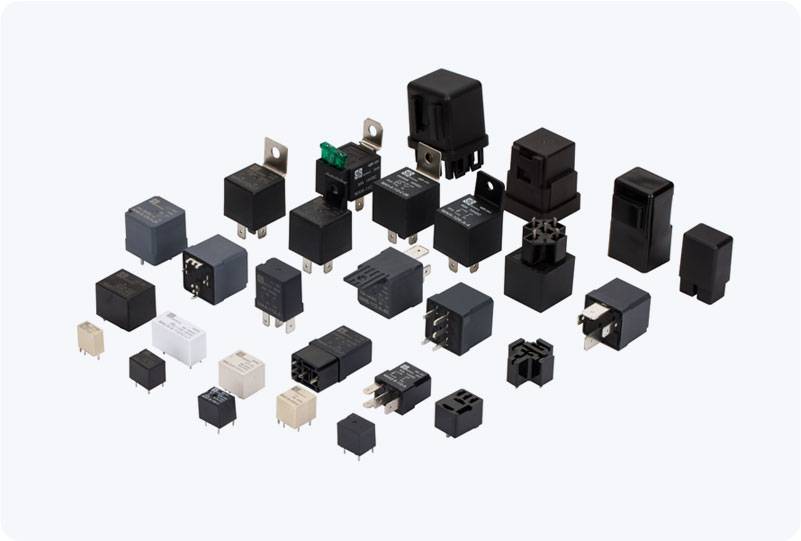
What is a Power Relay? A power relay is an electromagnetic switch used to control the flow of electricity in a circuit. When a low-voltage electrical signal is applied to the relay, it triggers the switching of larger electrical currents, effectively turning a high-power circuit on or off. Power relays are essential for controlling electrical devices, especially when dealing with large voltages and currents that cannot be handled directly by simple control switches. Key Features of Panasonic Power Relays Panasonic Power Relays are designed with several key features that make them highly effective in a range of applications:
